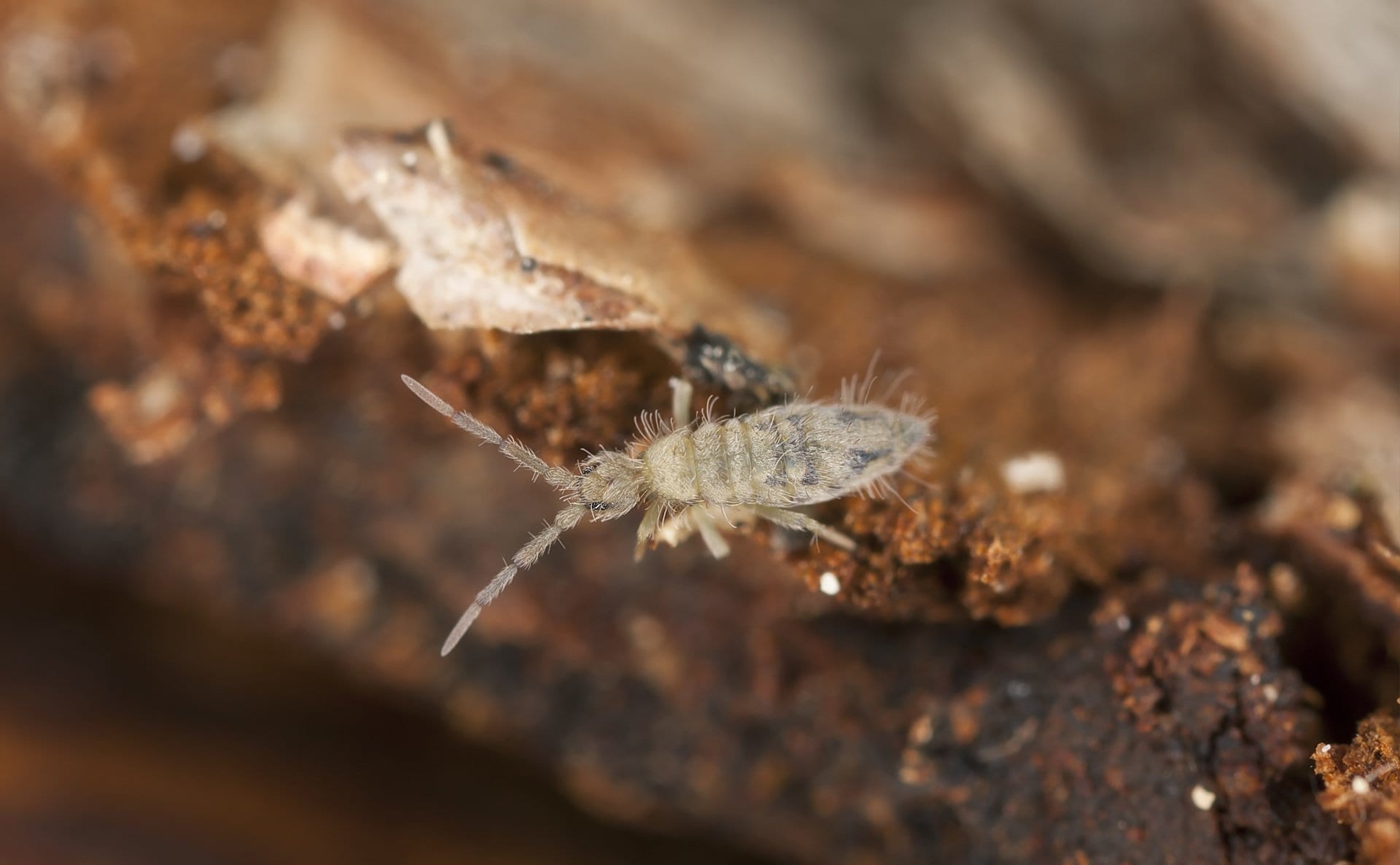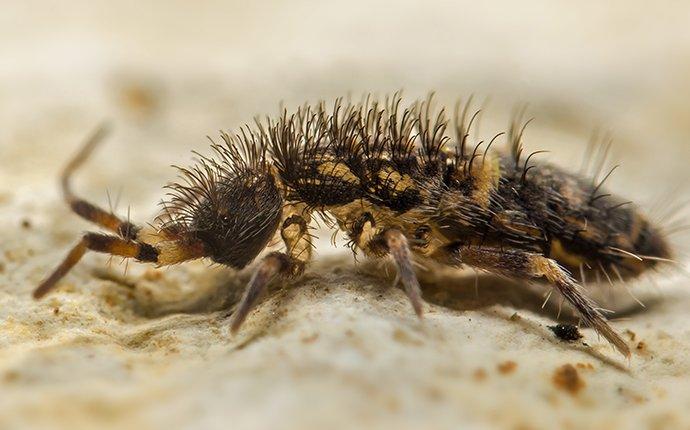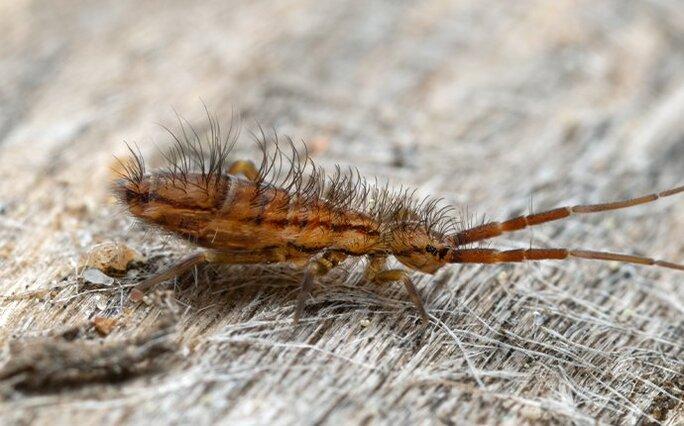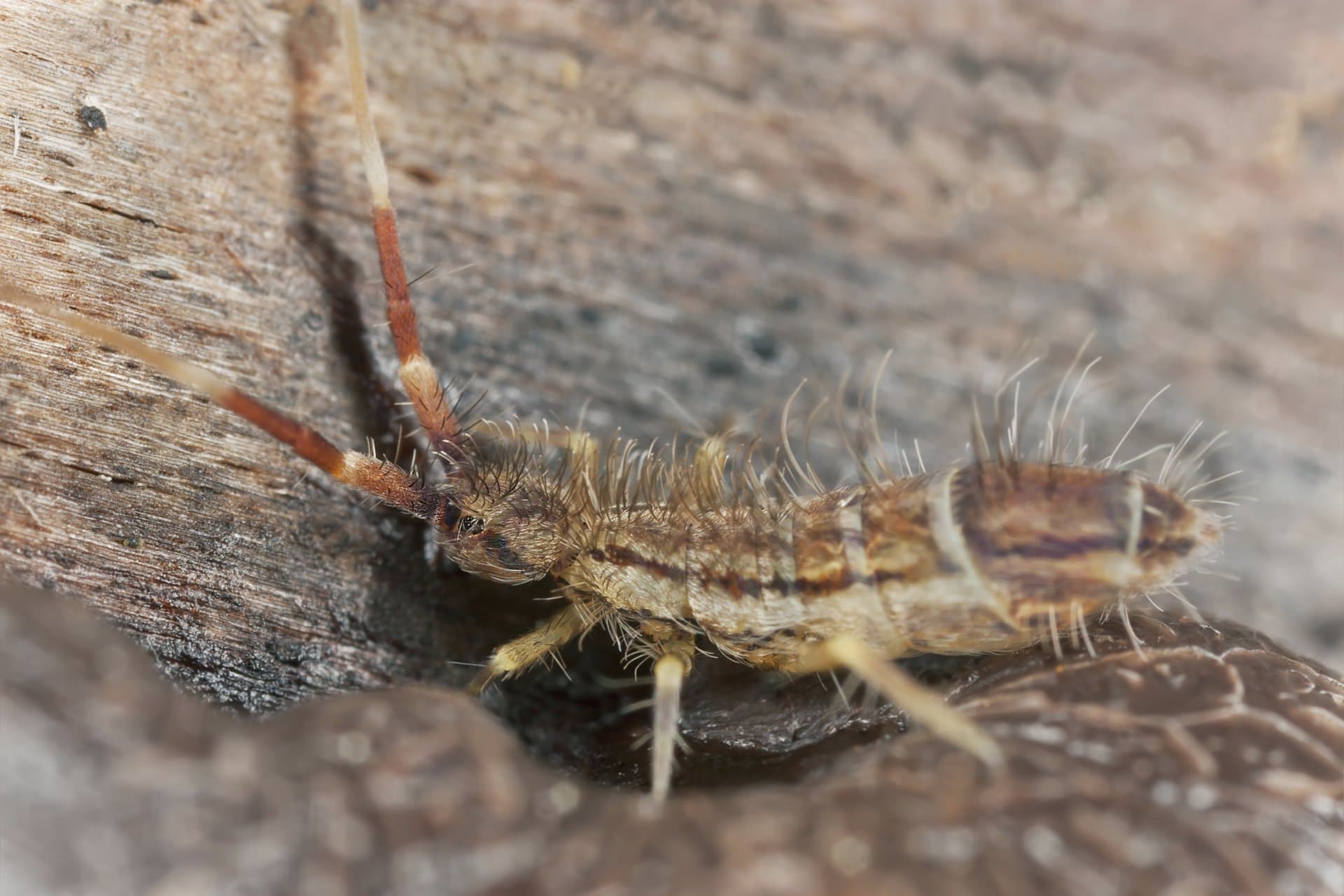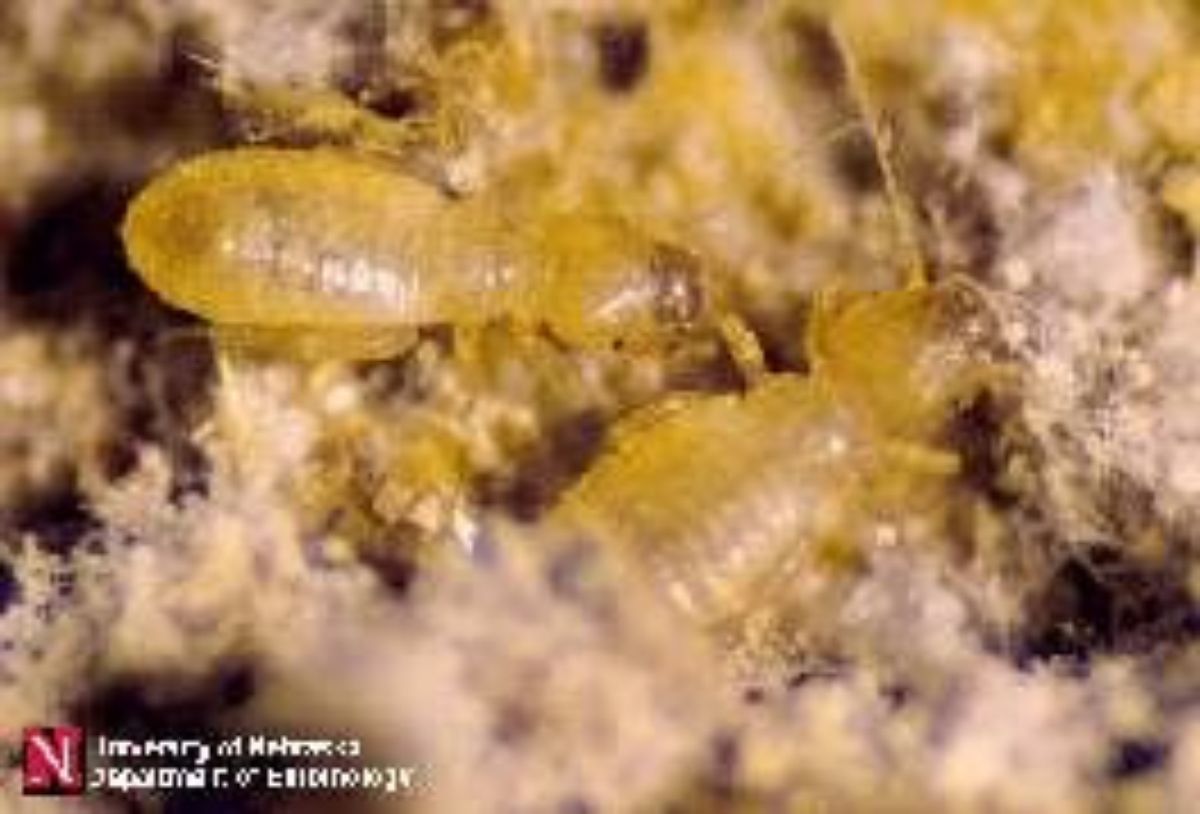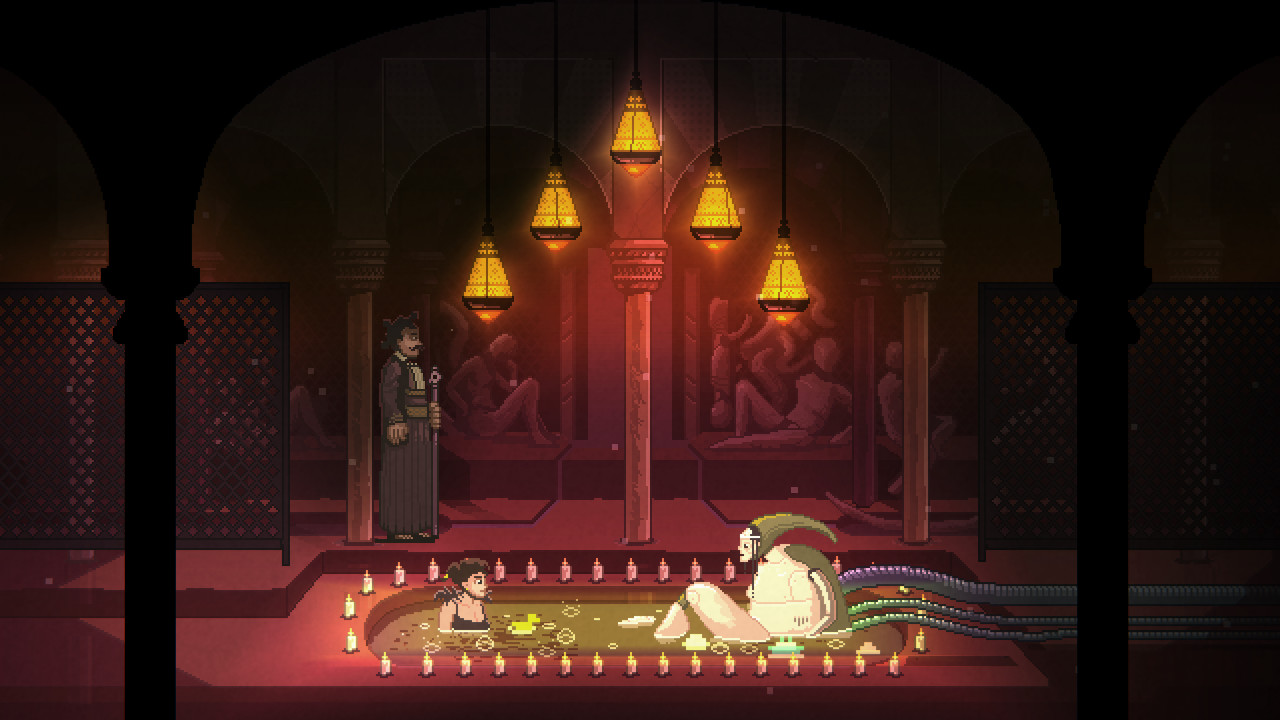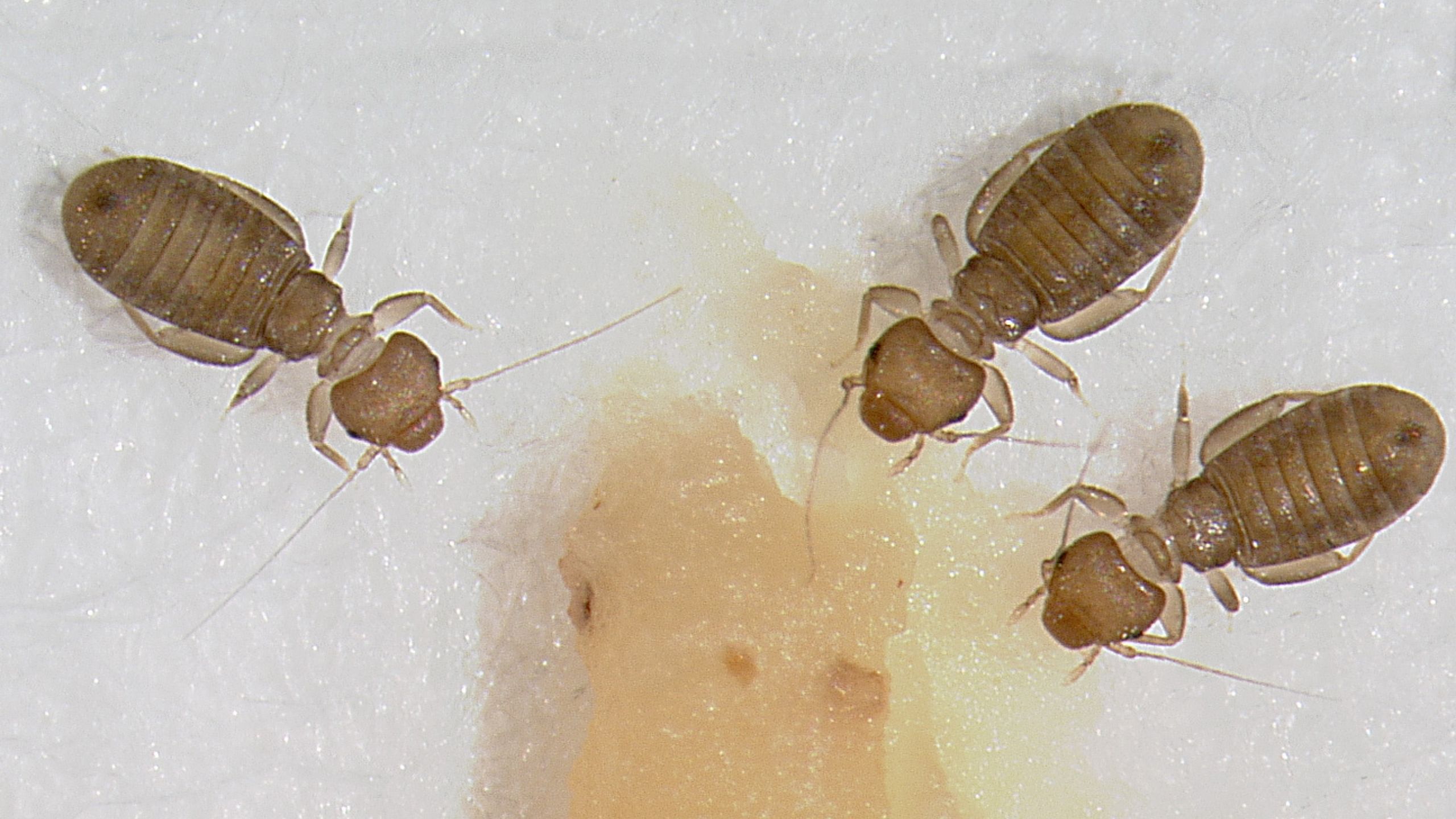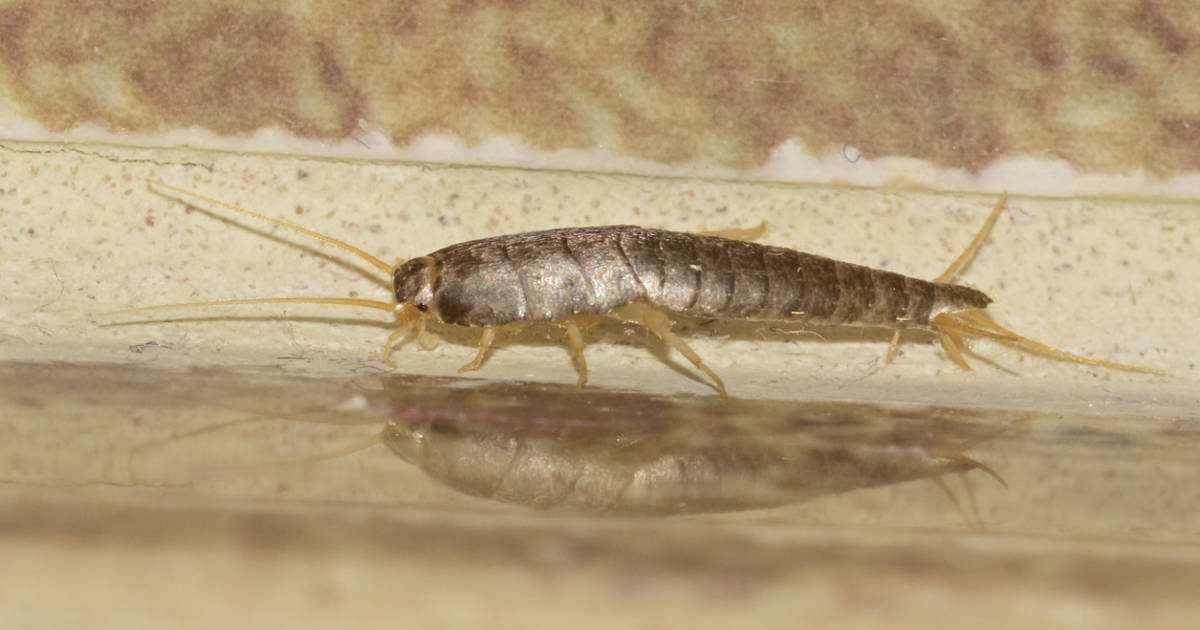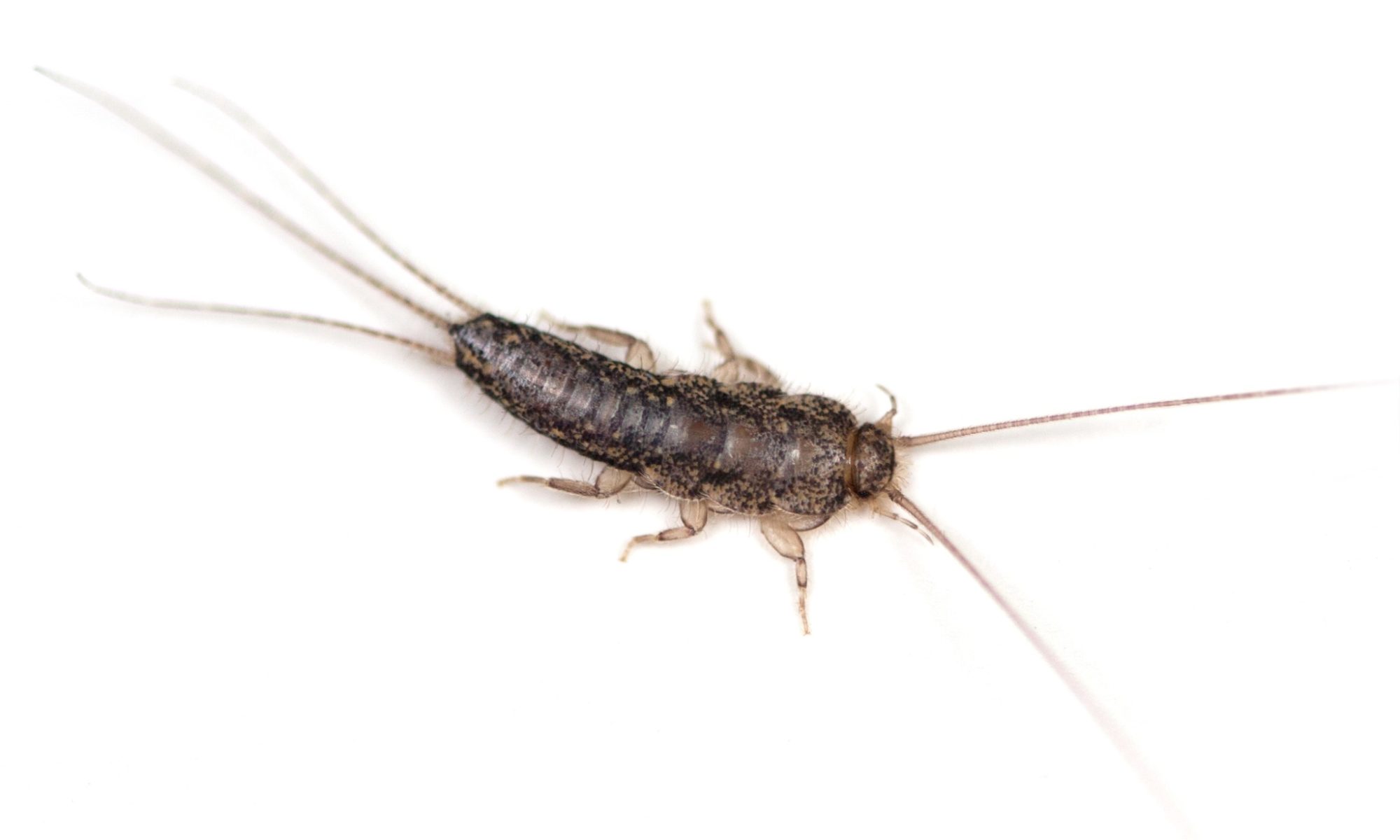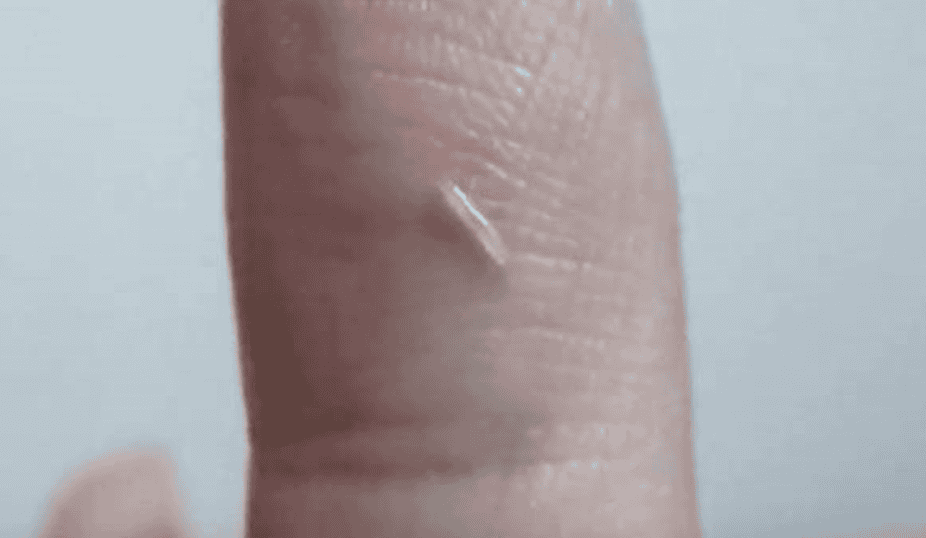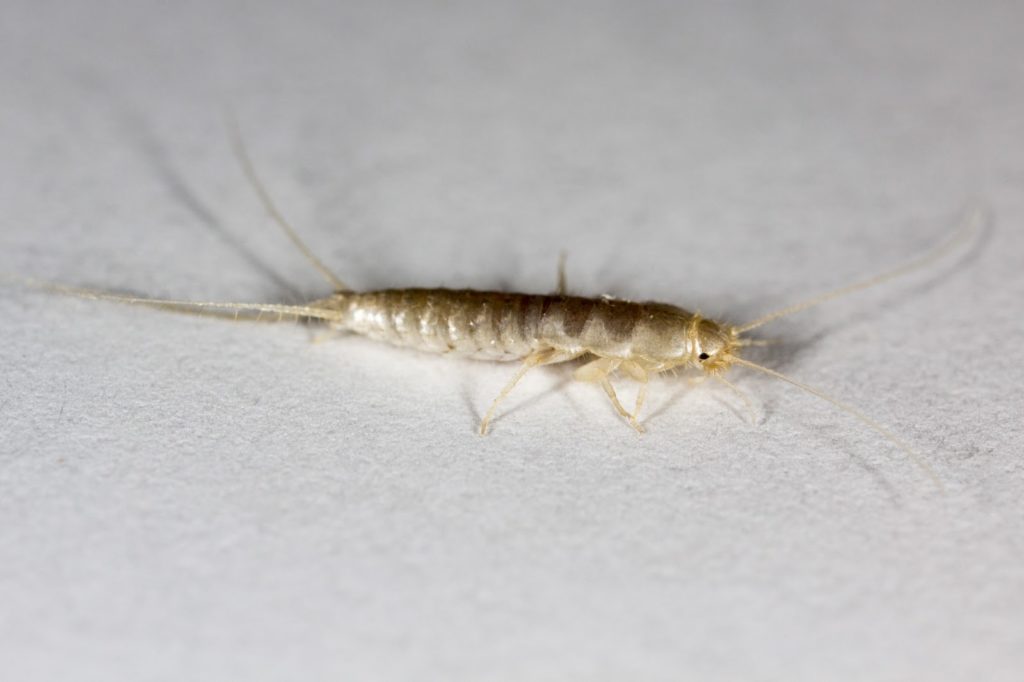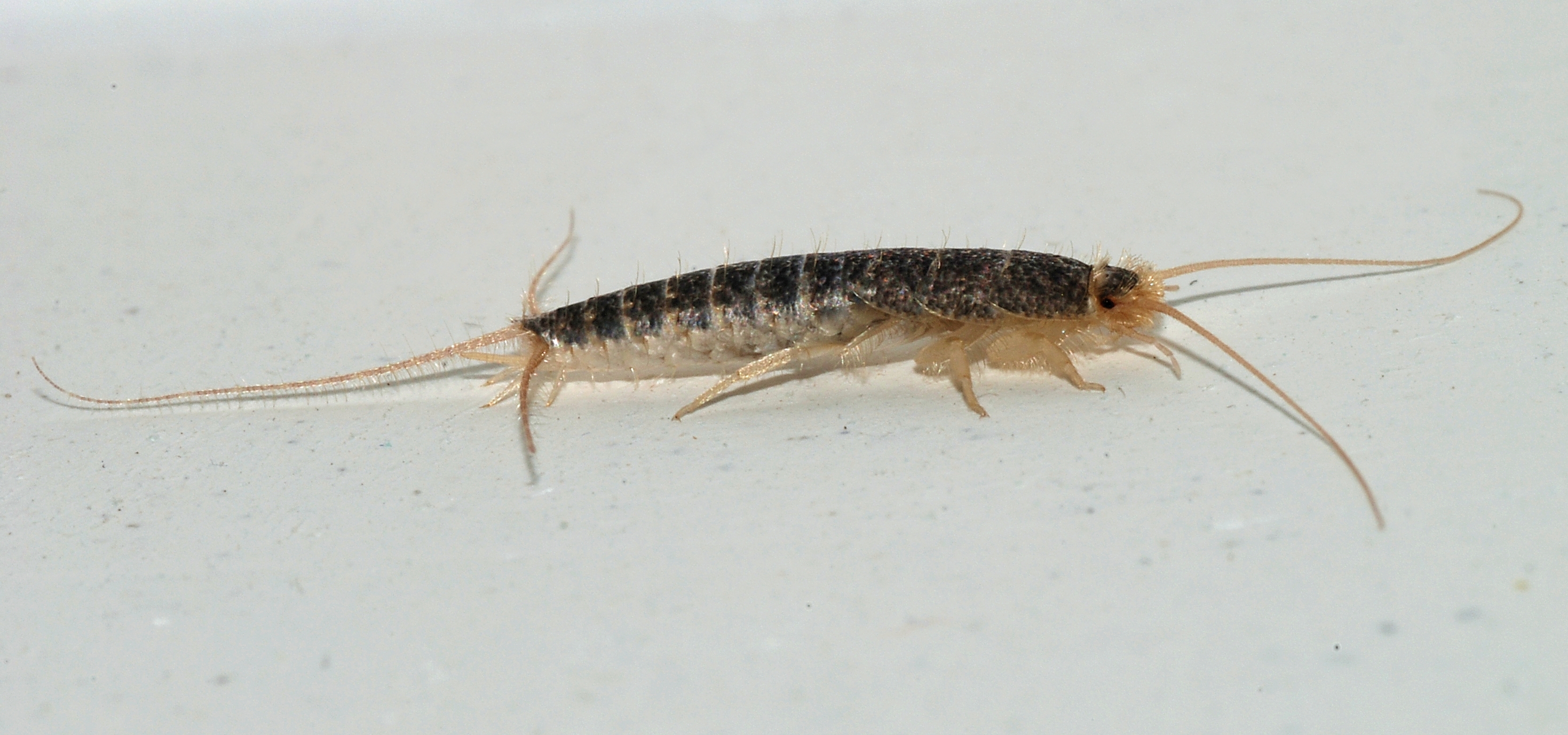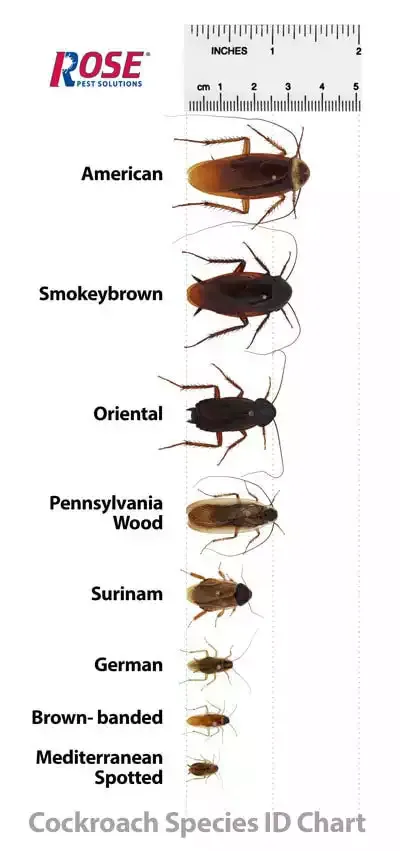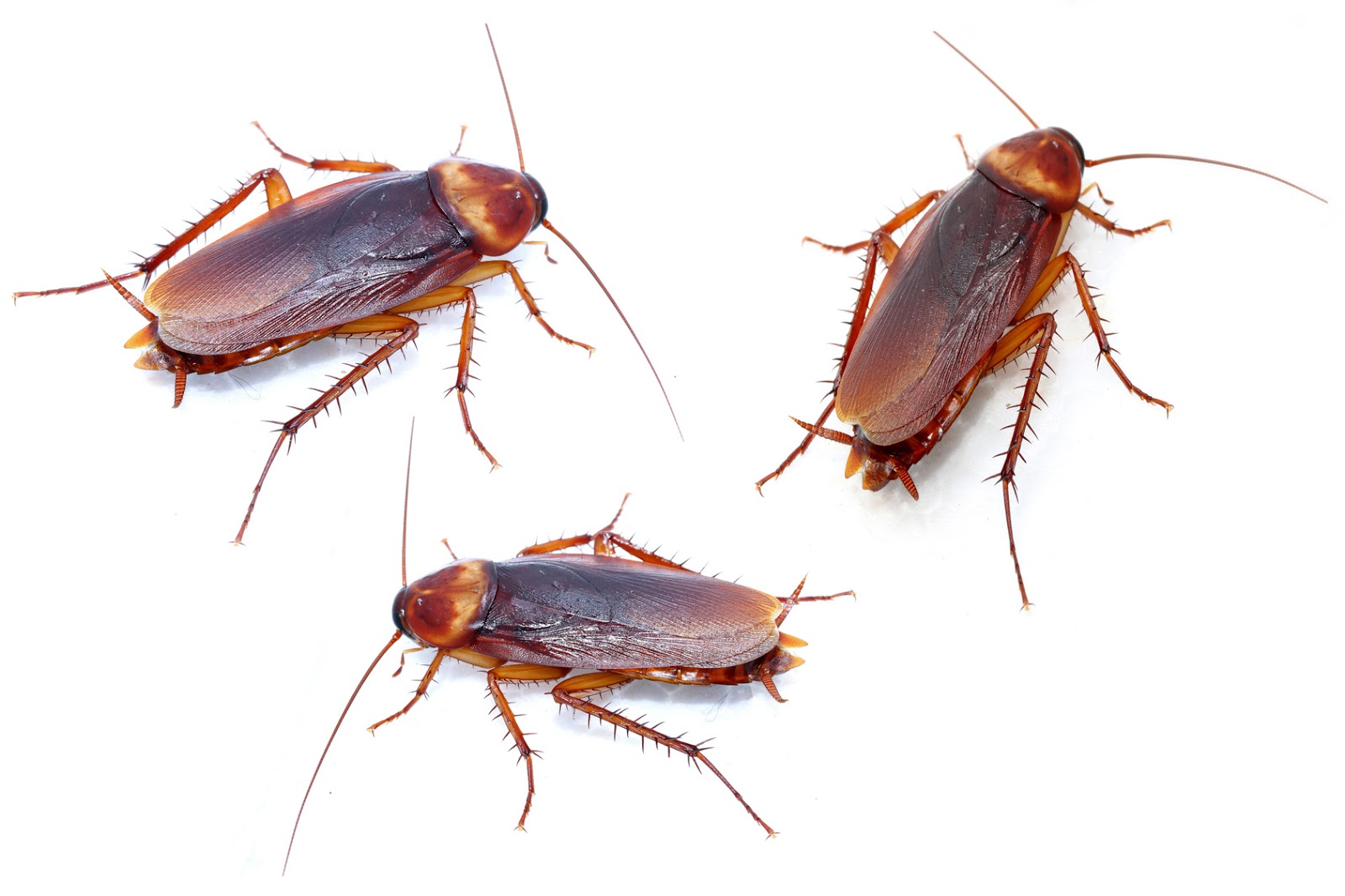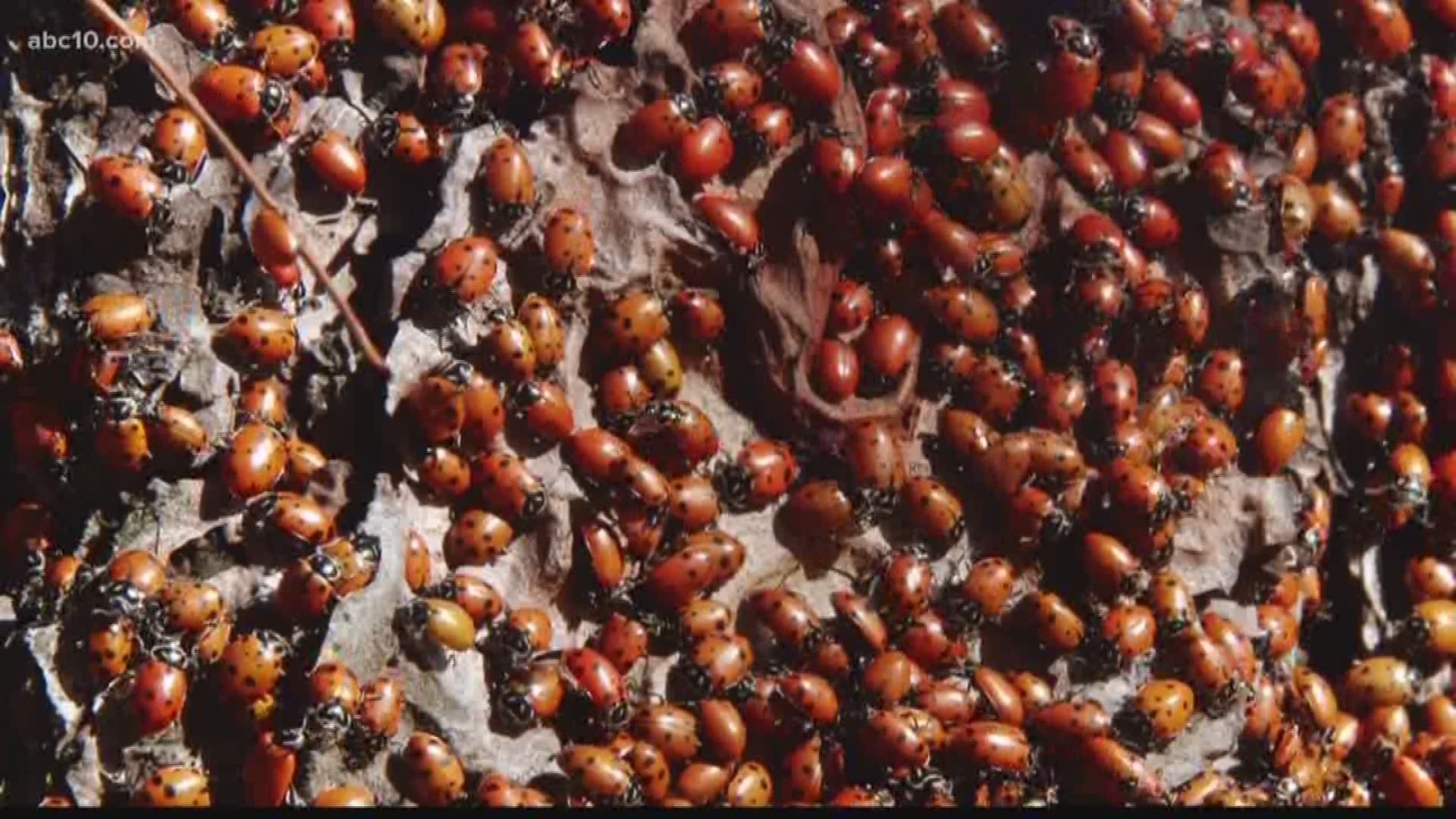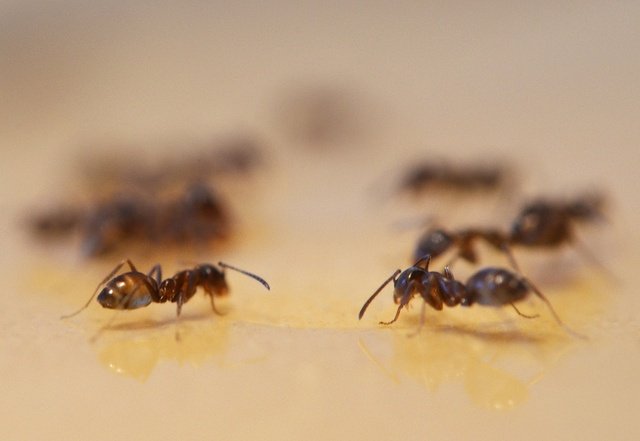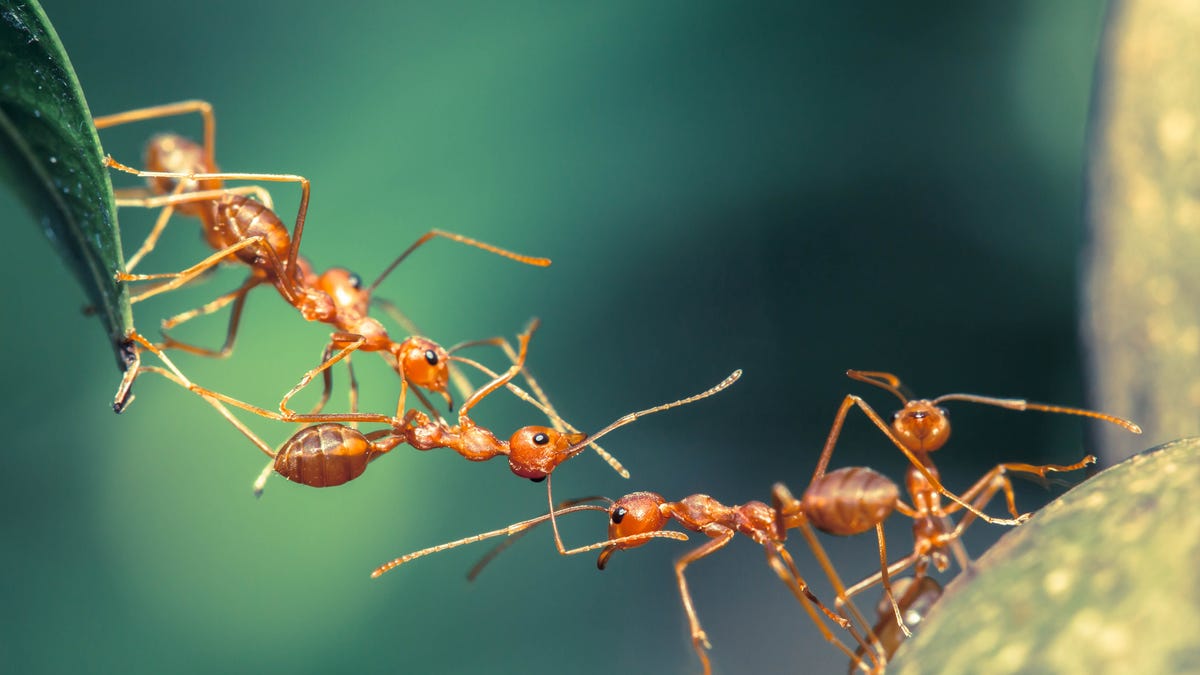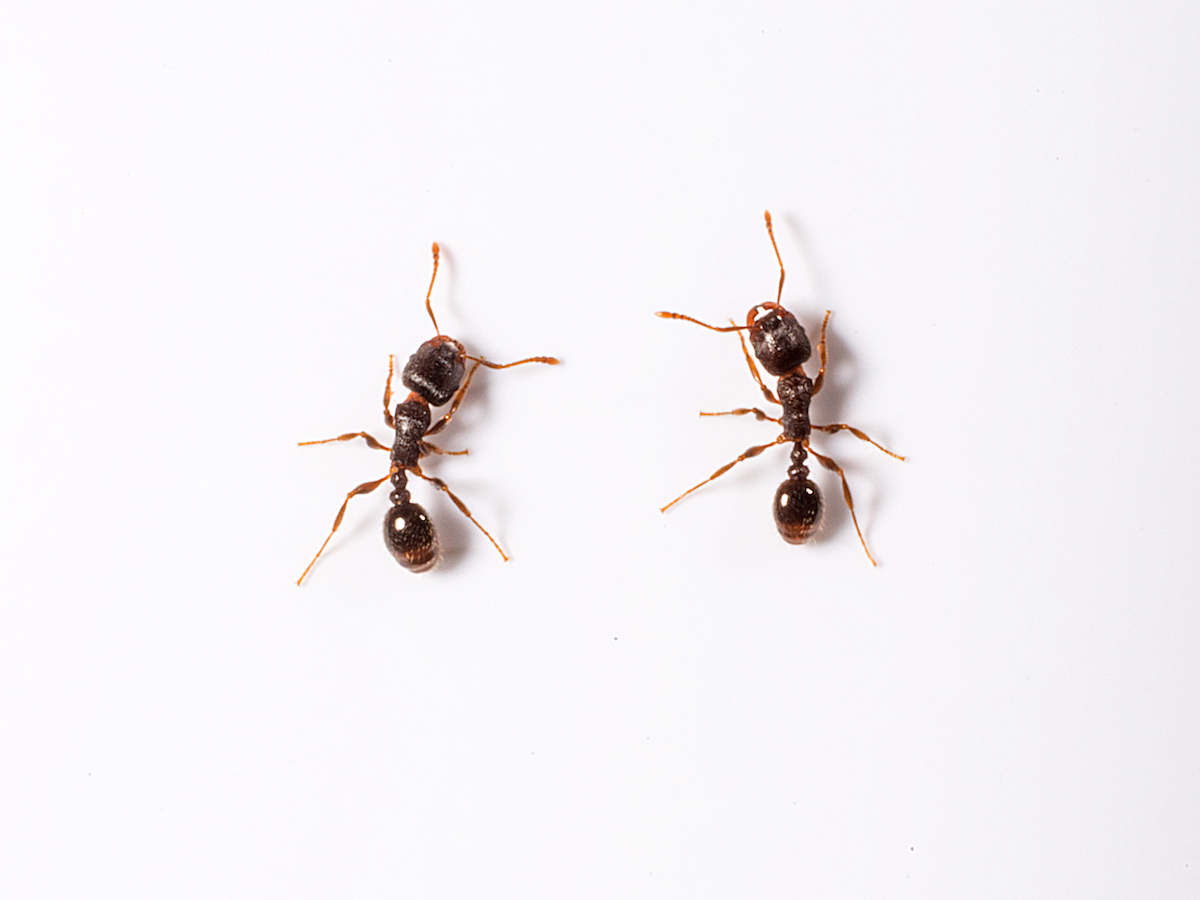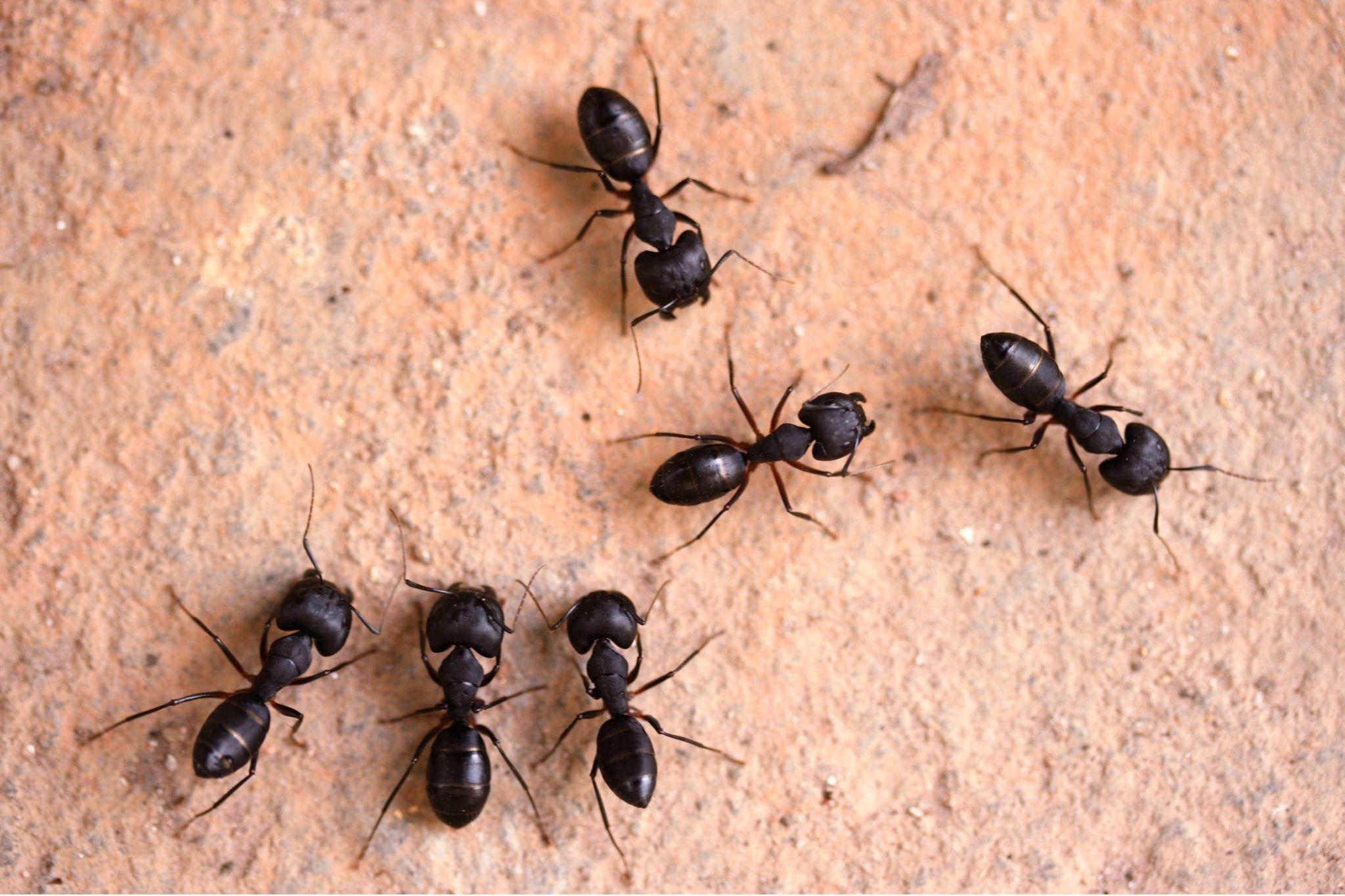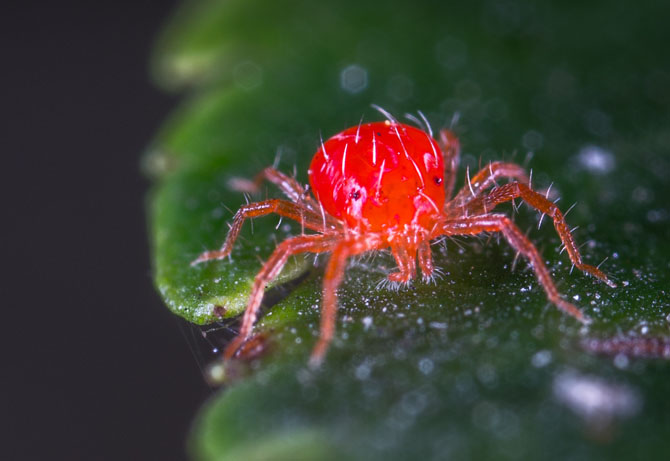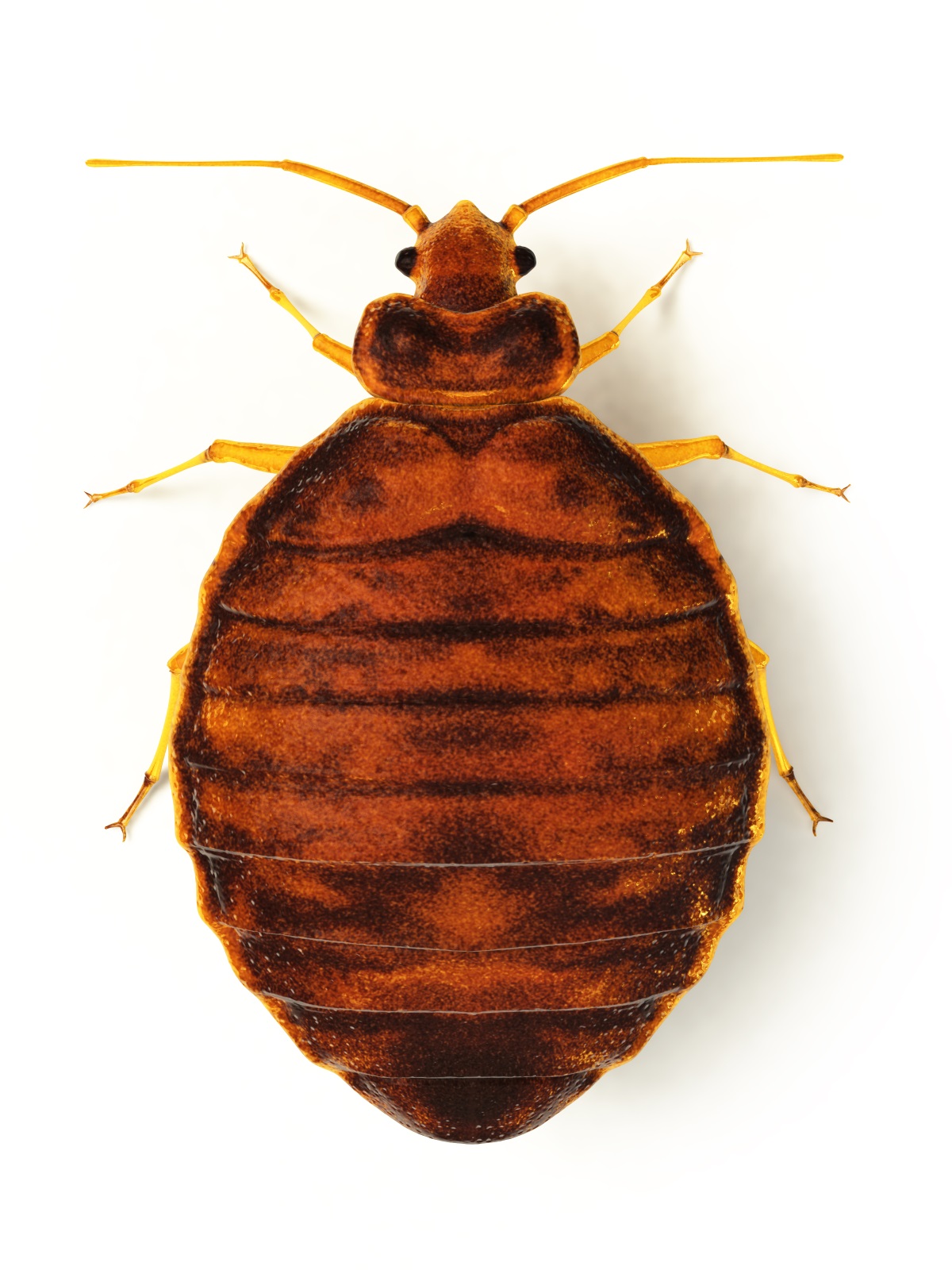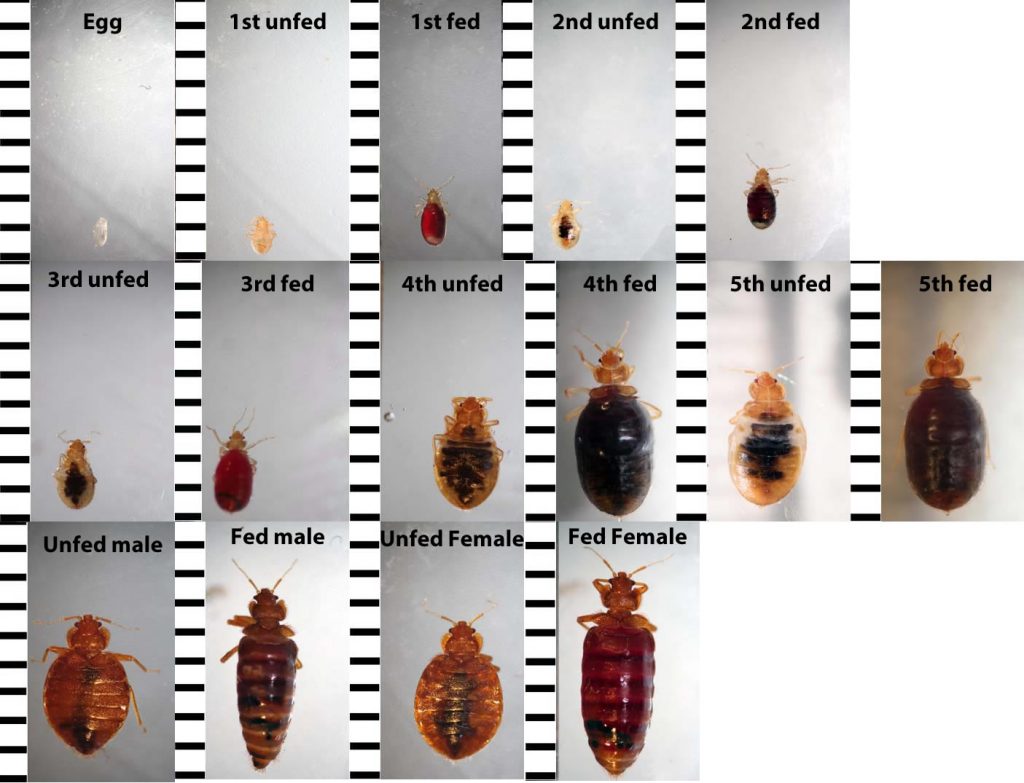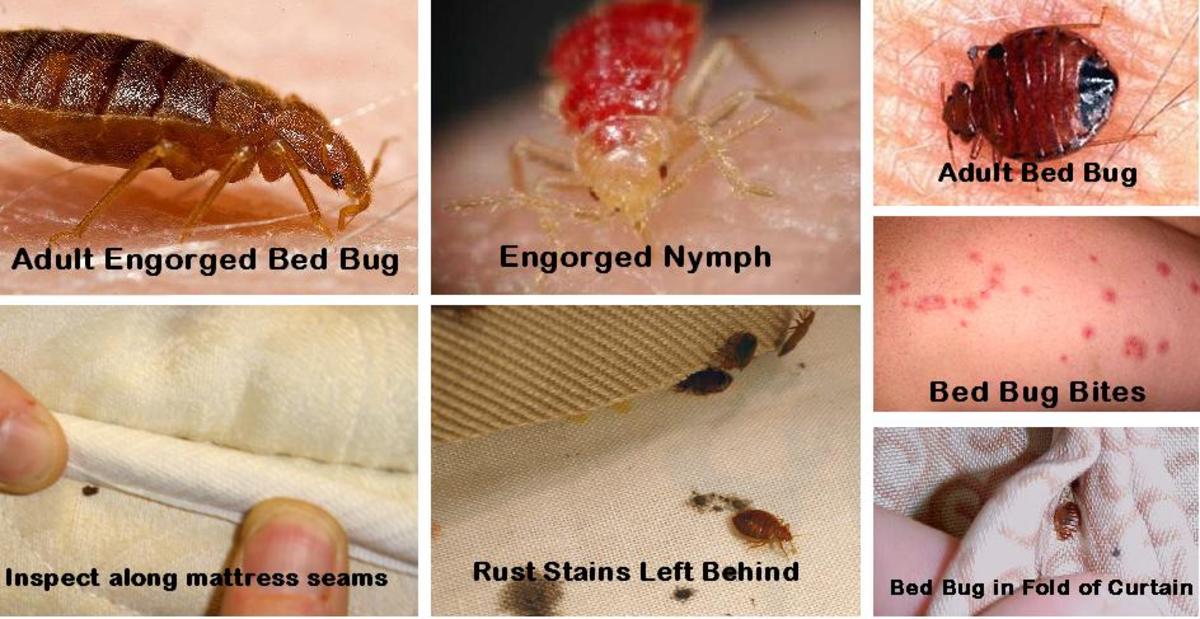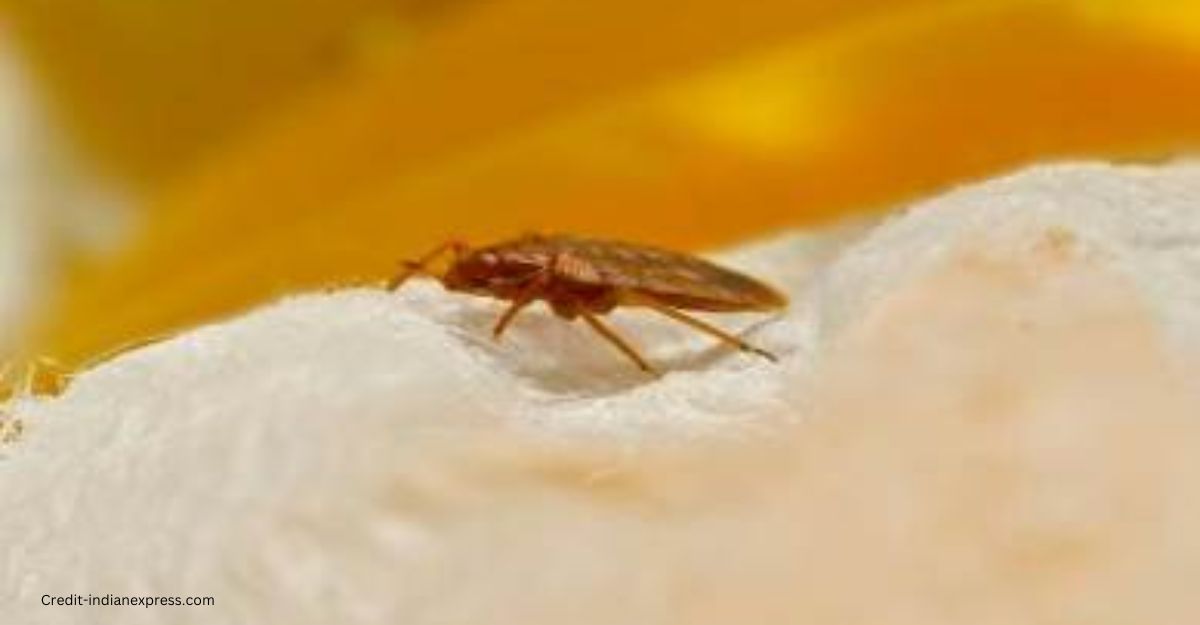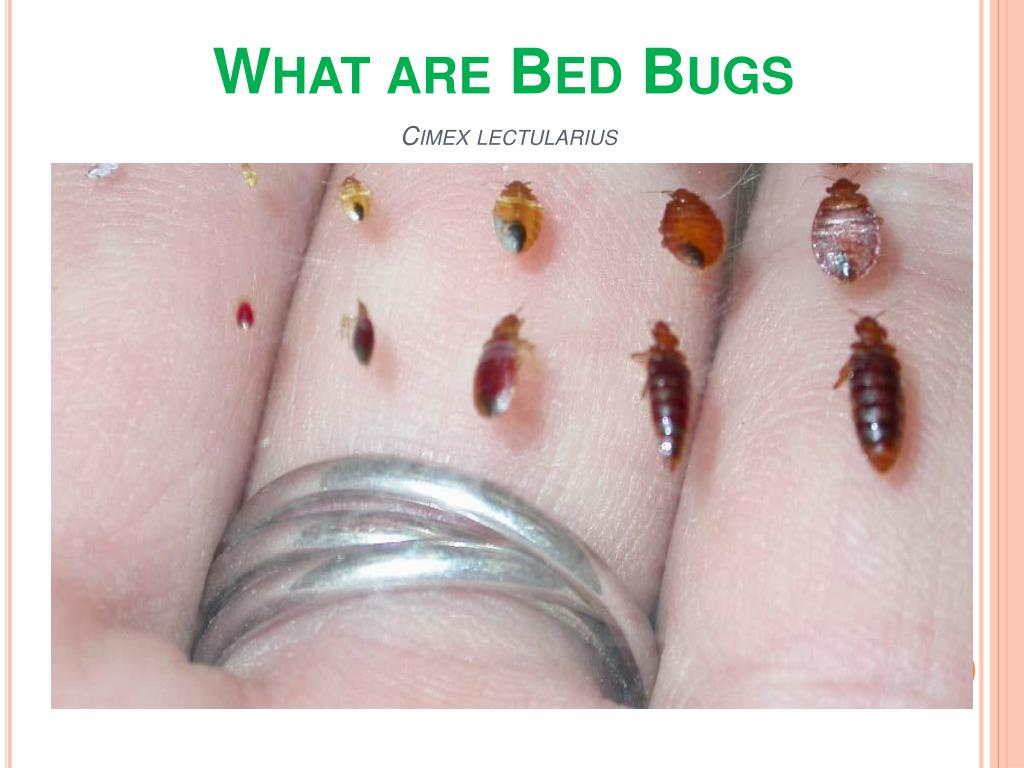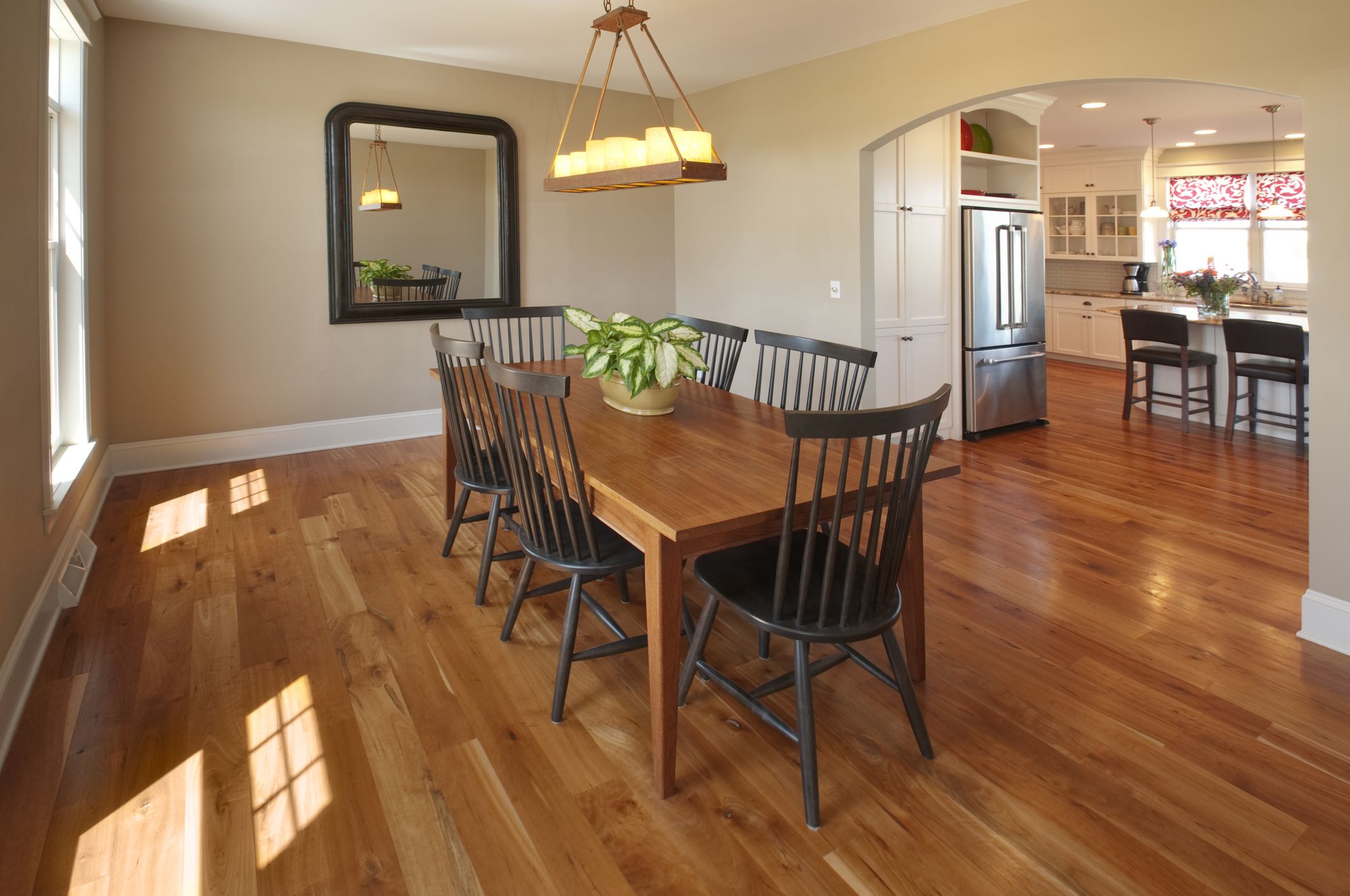1. Drain Flies
Drain flies, also known as sewer gnats or moth flies, are a common cause of tiny bugs in bathroom sinks. These small, gray or black flies are often found near drains, hence their name. They are attracted to the moisture and organic material found in drains, making bathroom sinks the perfect breeding ground for them.
If you notice drain flies in your bathroom sink, it is likely there is a buildup of organic matter in your drain, such as food particles or hair. This not only attracts the flies but also provides a food source for their larvae, which can further exacerbate the problem.
2. Sewer Flies
Sewer flies, also known as filter flies, are similar to drain flies in appearance and behavior. They are also commonly found in bathroom sinks due to their attraction to damp and decaying organic matter. However, sewer flies tend to have longer, more slender bodies and large, veined wings.
These flies can enter your home through cracks or openings in your plumbing system and are often found in large numbers. Their presence can indicate a potential issue with your sewer line or septic tank, so it is important to address the problem as soon as possible.
3. Fungus Gnats
Fungus gnats are small, dark-colored flies that are commonly found in bathroom sinks with houseplants. These pests are attracted to the damp soil of potted plants and can quickly multiply if left unchecked. They lay their eggs in the soil, and the larvae feed on organic matter and plant roots.
To get rid of fungus gnats, it is important to address any overwatering or moisture issues with your plants. You can also use sticky traps or natural repellents such as neem oil to control their population.
4. Springtails
Springtails are tiny, wingless insects that are often found in damp areas, including bathroom sinks. They are typically gray or black in color and can jump when disturbed, earning them the nickname "snow fleas." These bugs are harmless and do not bite, but their presence can indicate a moisture problem in your home.
To prevent springtails from infesting your bathroom sink, make sure to address any leaks or standing water and keep the area clean and dry.
5. Booklice
Booklice, also known as psocids, are tiny insects that are commonly found in damp, humid environments. They are often found in bathroom sinks, where moisture levels are high. Despite their name, booklice do not feed on books, but rather on mold and mildew found in damp areas.
To get rid of booklice, it is important to address any moisture issues in your bathroom and keep the area well-ventilated. You can also use a dehumidifier to reduce humidity levels and discourage their presence.
6. Silverfish
Silverfish are small, wingless insects that are commonly found in bathrooms due to their attraction to moisture and humidity. They are silver or gray in color and have a distinctive, fish-like appearance. These pests are known for their destructive feeding habits, as they can damage paper, fabrics, and other materials.
To prevent silverfish from infesting your bathroom sink, make sure to address any leaks or moisture issues and keep the area clean and dry. You can also use natural repellents such as diatomaceous earth or boric acid to control their population.
7. Cockroaches
Cockroaches are notorious pests that can infest any area of a home, including bathroom sinks. These insects are attracted to moisture, food, and shelter, making bathrooms an ideal breeding ground for them. They are known to carry diseases and can trigger allergies and asthma in some individuals.
To prevent cockroaches from infesting your bathroom sink, it is important to keep the area clean and dry and address any leaks or standing water. It is also important to seal any cracks or openings in your home to prevent them from entering.
8. Ants
Ants are another common cause of tiny bugs in bathroom sinks, particularly in homes with a history of ant infestations. These pests are attracted to moisture and food sources, making bathroom sinks a prime target. They can enter your home through cracks or openings in your foundation or plumbing.
To prevent ants from infesting your bathroom sink, make sure to address any leaks or standing water and keep the area clean and free of food debris. You can also use natural deterrents such as cinnamon, peppermint, or vinegar to keep them at bay.
9. Mites
Mites are microscopic pests that are often found in damp and humid areas, including bathroom sinks. They are not visible to the naked eye and can only be seen under a microscope. These pests can cause skin irritation and allergies in humans and can also infest household pets.
To get rid of mites, it is important to address any moisture issues in your bathroom and keep the area clean and dry. You can also use natural remedies such as tea tree oil or neem oil to control their population.
10. Bed Bugs
Bed bugs are a common household pest that can also infest bathroom sinks. These small, reddish-brown insects are attracted to warmth and moisture and can easily hitchhike into your home through infested items. They are known for their biting and can cause itchy, red welts on the skin.
To prevent bed bugs from infesting your bathroom sink, it is important to regularly inspect and clean any infested items, such as clothing or bedding. You can also use natural repellents such as lavender or peppermint to deter them from entering your home.
In conclusion, there are many different types of tiny bugs that can infest bathroom sinks, each with their own unique causes and solutions. By addressing any moisture issues and keeping the area clean and dry, you can prevent these pests from making your bathroom sink their home.
How House Design Can Play a Role in Attracting Tiny Bugs in Your Bathroom Sink
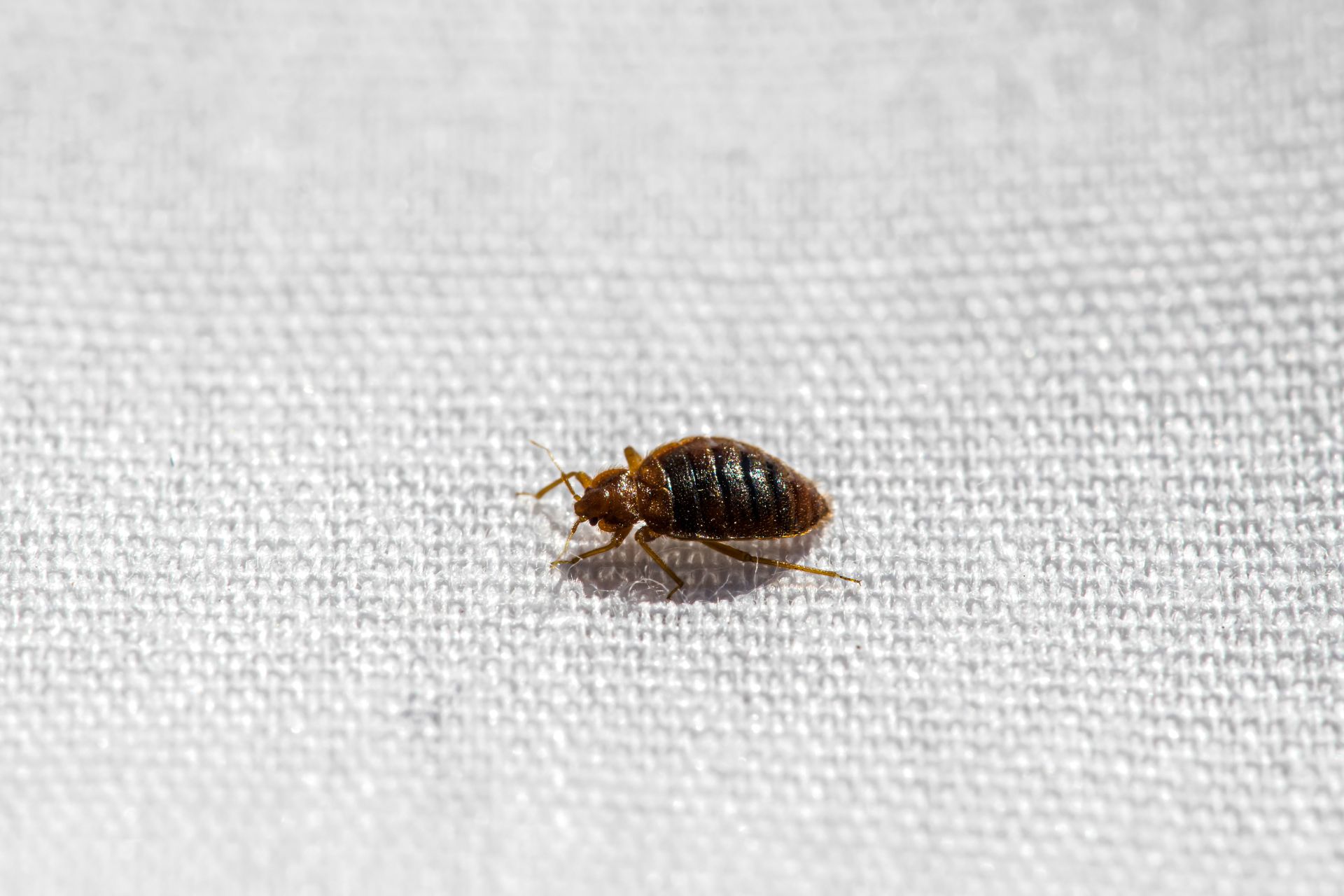
The Importance of House Design
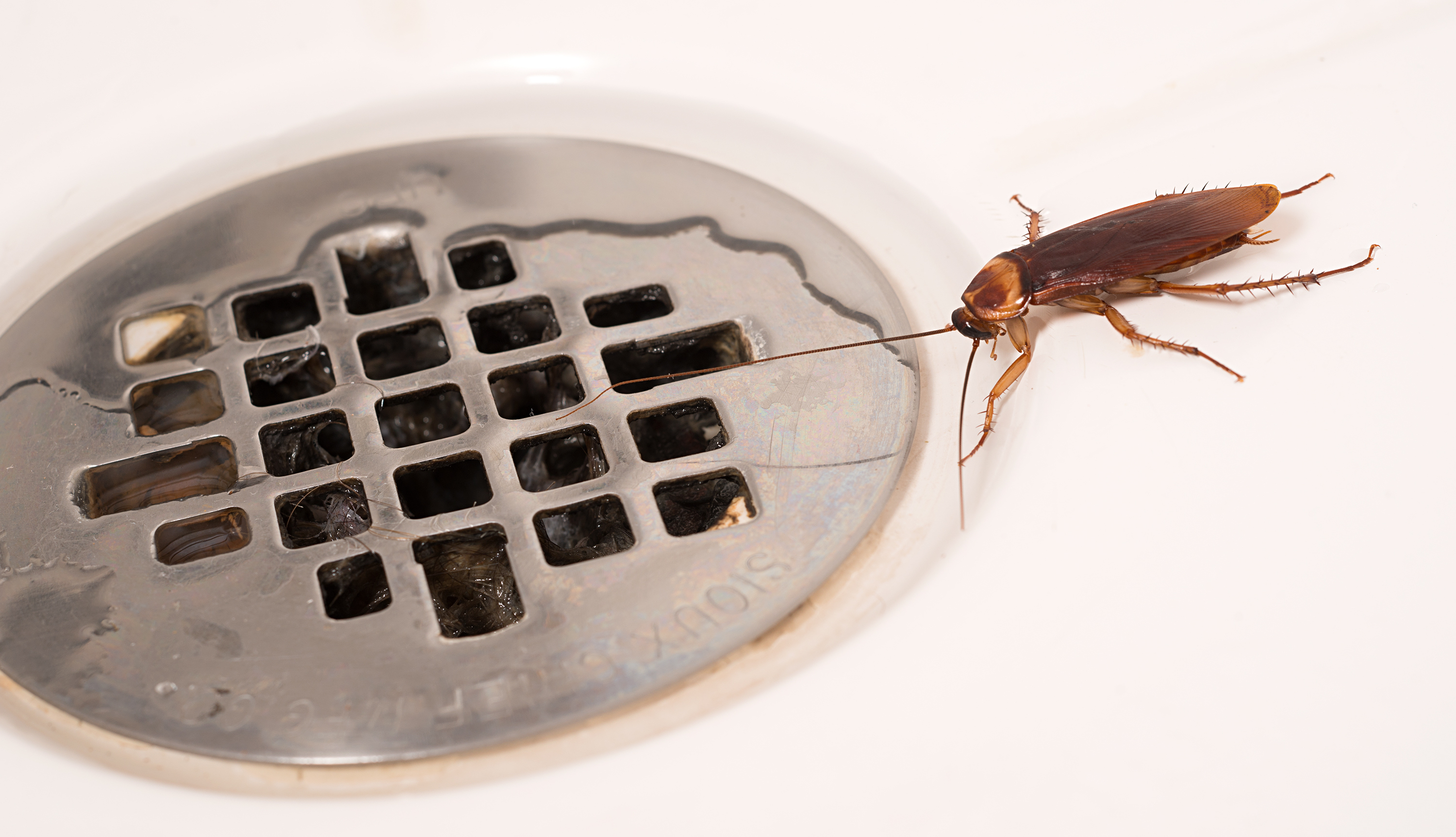 When it comes to designing a house, many people focus on creating a beautiful and functional space. However, one aspect that is often overlooked is how house design can impact the presence of tiny bugs in the bathroom sink. The layout, materials used, and even the location of your home can all play a role in attracting or preventing these pesky creatures from invading your personal space.
The Role of Moisture
One of the main reasons why tiny bugs are drawn to bathroom sinks is because of the presence of moisture. These bugs thrive in damp environments, making your bathroom sink the perfect breeding ground for them. If your house design includes a bathroom that is poorly ventilated or has leaky pipes, it can create a moist environment that attracts these bugs. It's important to address any issues with moisture in your bathroom to prevent the infestation of tiny bugs.
When it comes to designing a house, many people focus on creating a beautiful and functional space. However, one aspect that is often overlooked is how house design can impact the presence of tiny bugs in the bathroom sink. The layout, materials used, and even the location of your home can all play a role in attracting or preventing these pesky creatures from invading your personal space.
The Role of Moisture
One of the main reasons why tiny bugs are drawn to bathroom sinks is because of the presence of moisture. These bugs thrive in damp environments, making your bathroom sink the perfect breeding ground for them. If your house design includes a bathroom that is poorly ventilated or has leaky pipes, it can create a moist environment that attracts these bugs. It's important to address any issues with moisture in your bathroom to prevent the infestation of tiny bugs.
Material Choices
The Impact of Cleaning Habits
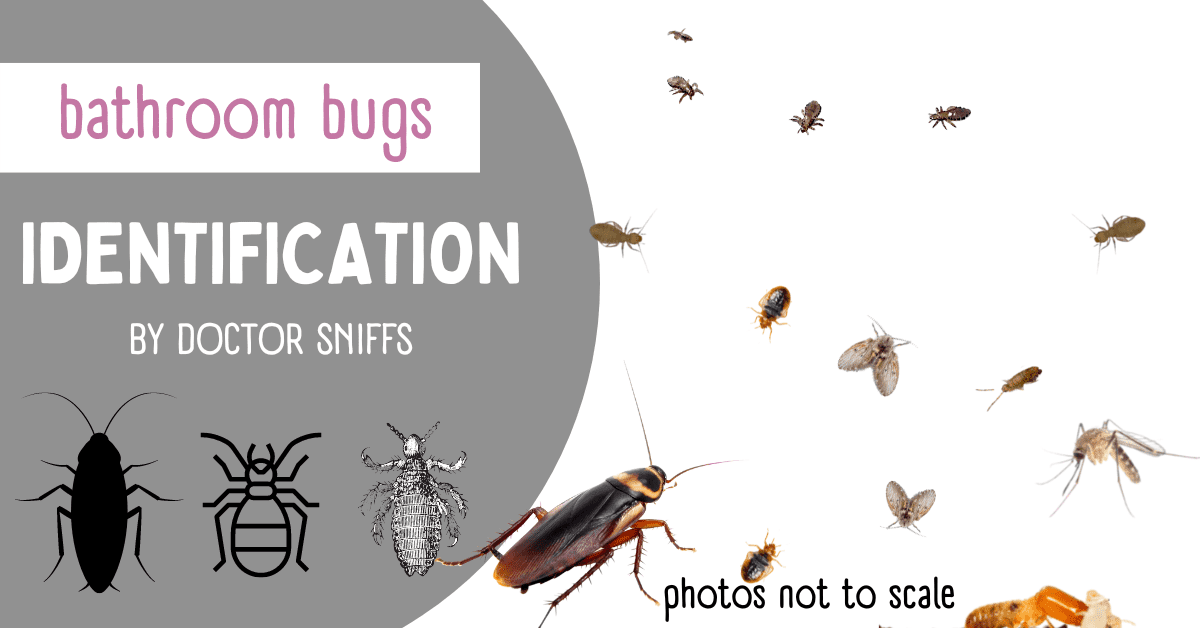 Lastly, your cleaning habits can also have an effect on the presence of tiny bugs in your bathroom sink. If you have a cluttered and dirty bathroom, it provides the perfect environment for bugs to hide and breed. Regularly cleaning and decluttering your bathroom can help prevent bug infestations and keep your sink bug-free.
In conclusion, house design plays a significant role in attracting tiny bugs to your bathroom sink. From addressing moisture issues to choosing the right materials and location, there are several factors to consider when designing your home to prevent bug infestations. By taking these steps, you can ensure a bug-free and enjoyable bathroom experience.
Lastly, your cleaning habits can also have an effect on the presence of tiny bugs in your bathroom sink. If you have a cluttered and dirty bathroom, it provides the perfect environment for bugs to hide and breed. Regularly cleaning and decluttering your bathroom can help prevent bug infestations and keep your sink bug-free.
In conclusion, house design plays a significant role in attracting tiny bugs to your bathroom sink. From addressing moisture issues to choosing the right materials and location, there are several factors to consider when designing your home to prevent bug infestations. By taking these steps, you can ensure a bug-free and enjoyable bathroom experience.


/Getting-rid-of-drain-flies-2656670-V1-1340ca9ec3a743cb95a366862a9961c1.png)
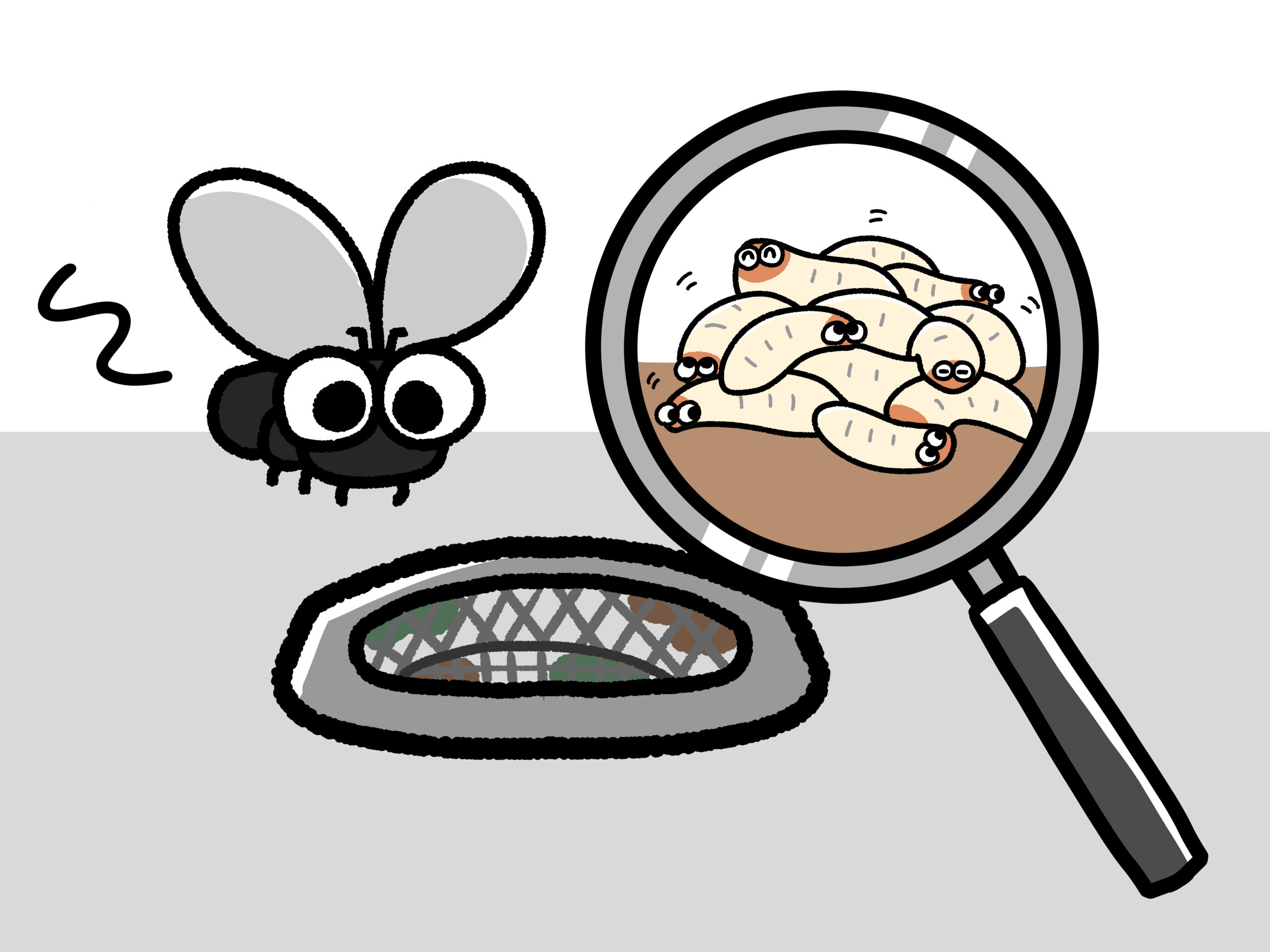
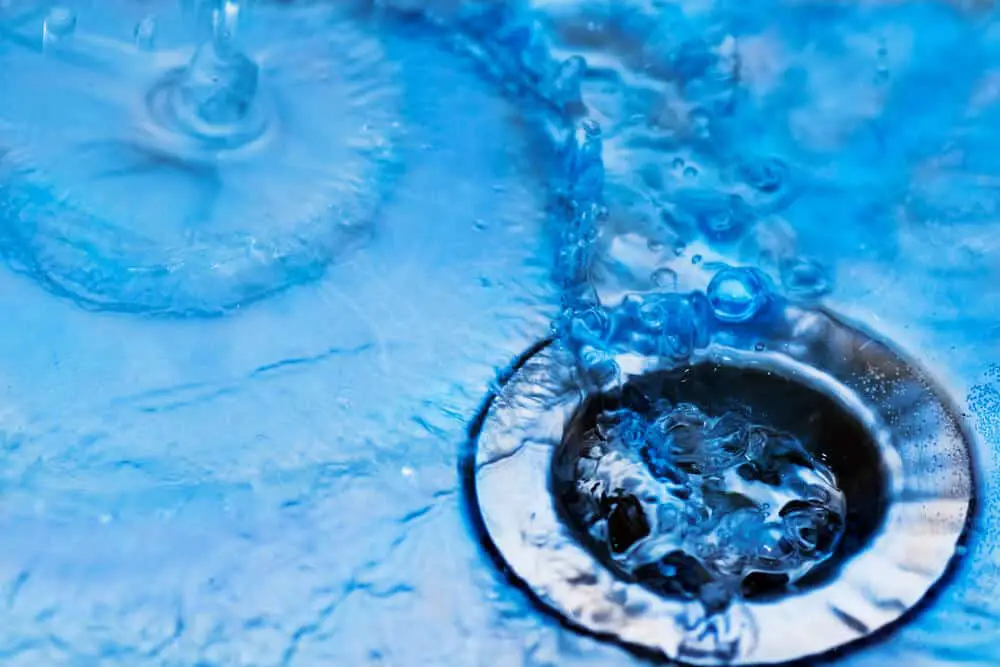
:max_bytes(150000):strip_icc()/Applecider-ver1-a38c1778c648462aa873aa3ee484ccfa.jpg)

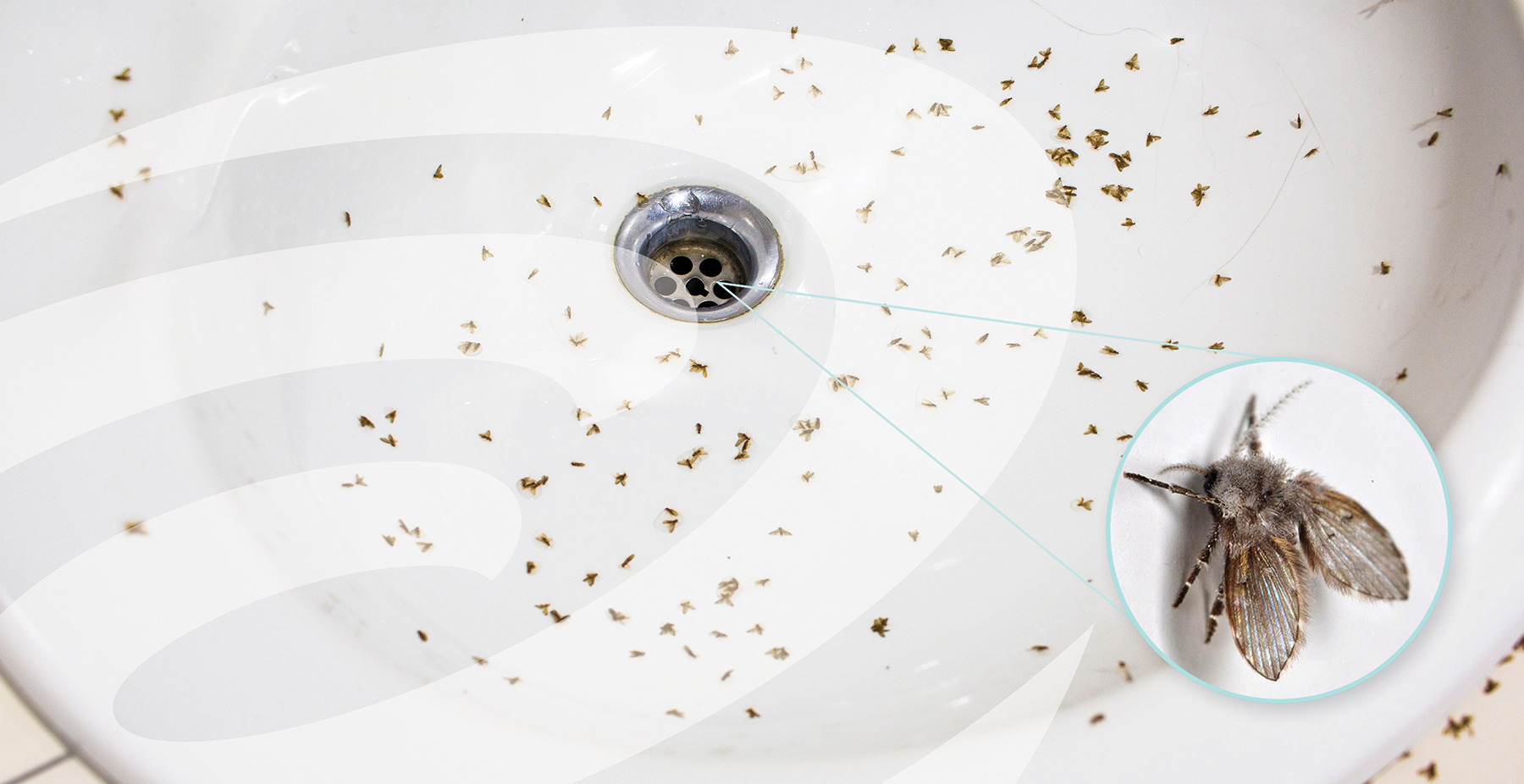




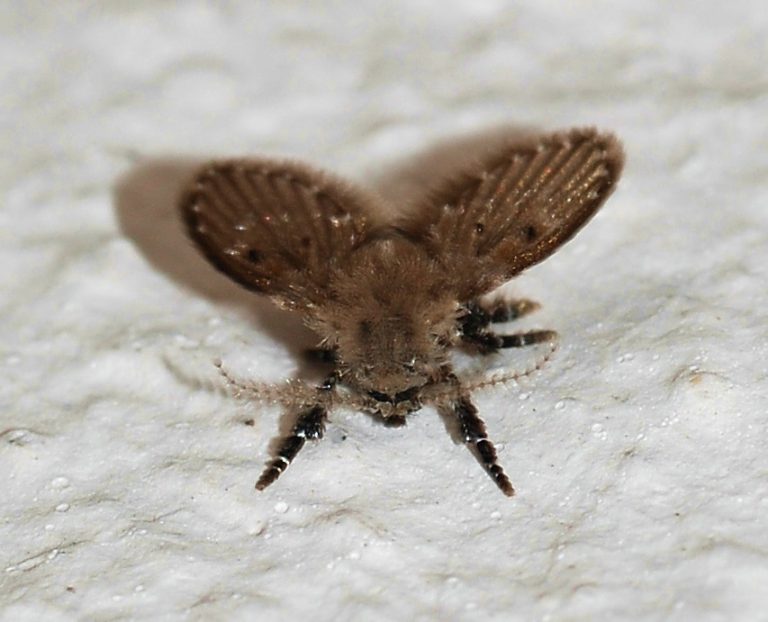
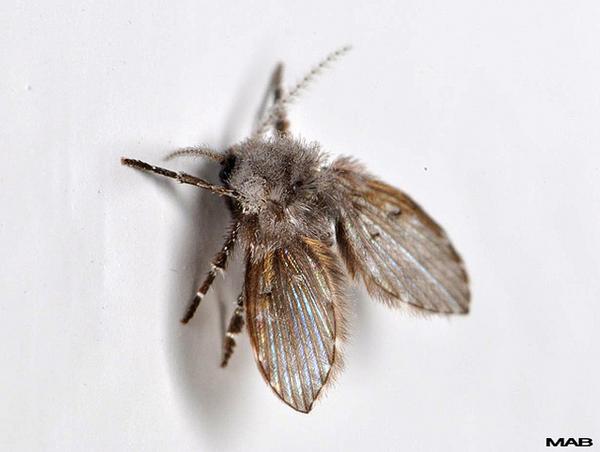



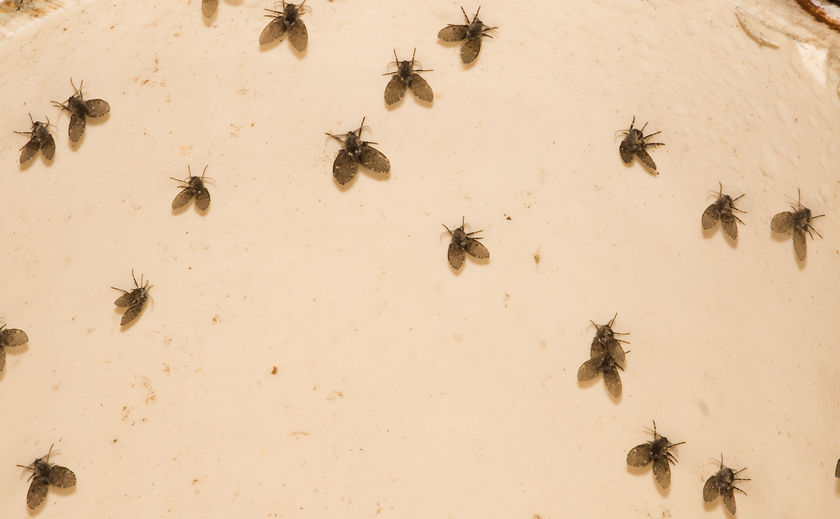




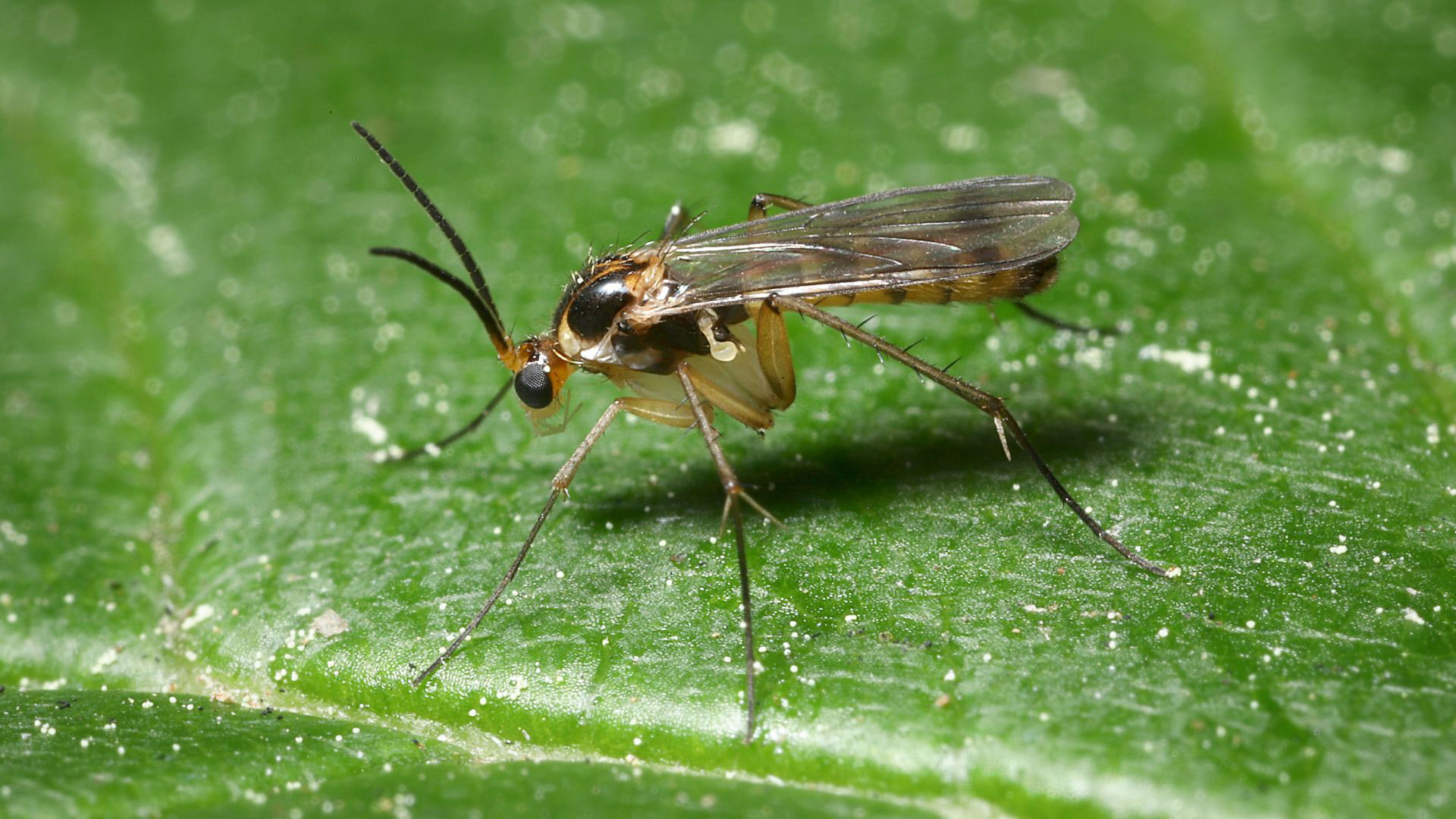
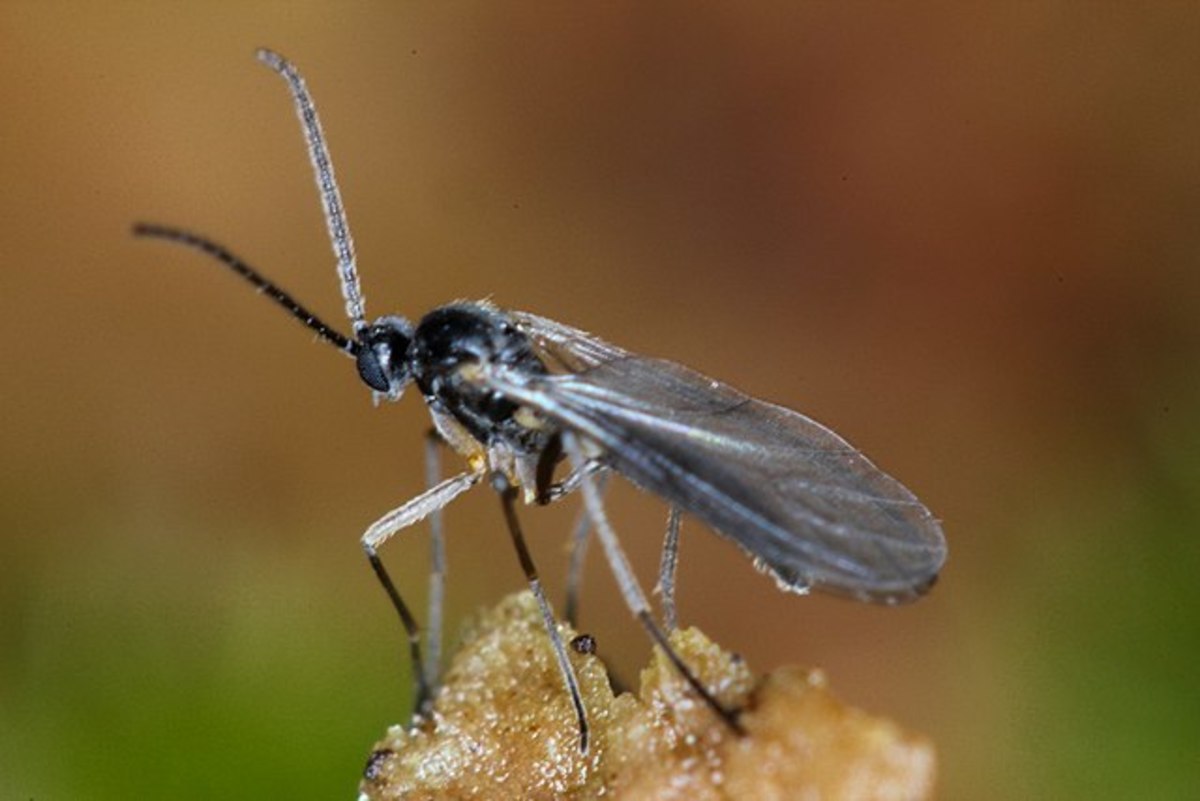

:max_bytes(150000):strip_icc()/8009214159_282ddf823e_o-57c78a045f9b5829f4c92be1.jpg)








